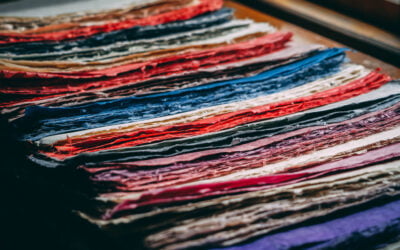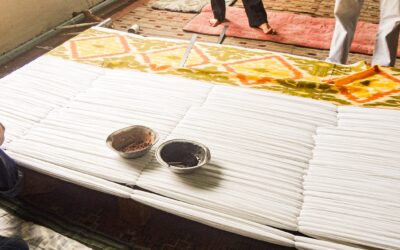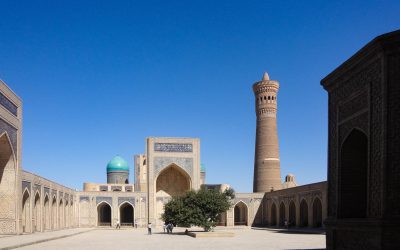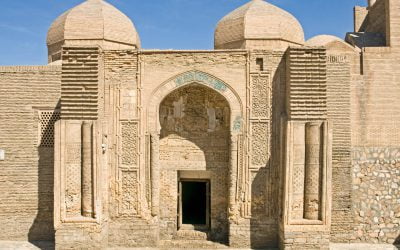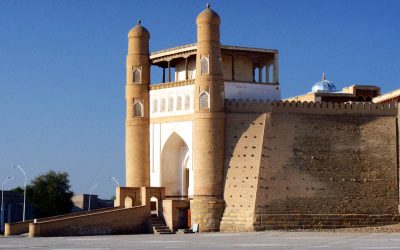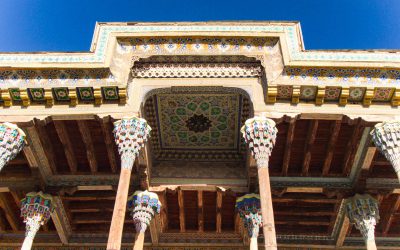KUKELDASH MADRASAH
The Madrassah is situated on Beruni Avenue in the Sebzar district of Tashkent and is a well-known site and therefore easily assessable by taxi. It is just 2km from the Khost-Imom Complex.
HERITAGE SITE | KUKELDASH MADRASAH
- This madrasah is one of the few remaining monumental architectural monuments of Tashkent. It was built under the Shaybanid Dynasty by the vizier Dervish Khan in 1570. Due to his close relationship with the ruler, the khan was better known by his nickname “Kukeldash”, meaning “the khan’s milk brother”, and thus the madrasah built by him came to be known as Kukeldash.
- The Madrasah is located on a hill near the famous Chorsu Bazaar in the Old City and is one of the most famous historical sites in Uzbekistan’s capital. The main facade has a high portal, two story loggias, and angular turrets called guldasta. The madrasah itself was constructed from baked brick with only the facade being decorated. The completed structure, rich in décor and replete with sky-blue majolica, rivaled the finest architecture of Samarkand and Bukhara.
- During the course of its history, the Madrasah was repurposed, abandoned and rebuilt numerous times. In the 17th century, it was used as a caravanserai for travelling merchants, in the 18th century it served the khans of Kokand as a fortress, and a place of public execution and under Soviet rule in the mid-20th century, it was used for atheistic museum exhibitions. Continued misuse of Kukledash, along with several 19th-century earthquakes and economic hardships, left the madrasah in a state of disrepair.
- It was only after Uzbekistan gained independence in the 1950’s that due attention was paid to full-scale restoration of the Madrasah.
- Today it is one of the largest Madrasahs of 16th century still preserved in Central Asia, and once agin serves as a functioning religious institute. Each year, more than 100 students are accepted on a competitive basis for a 4-year program where they are trained to be leaders of their communities.

